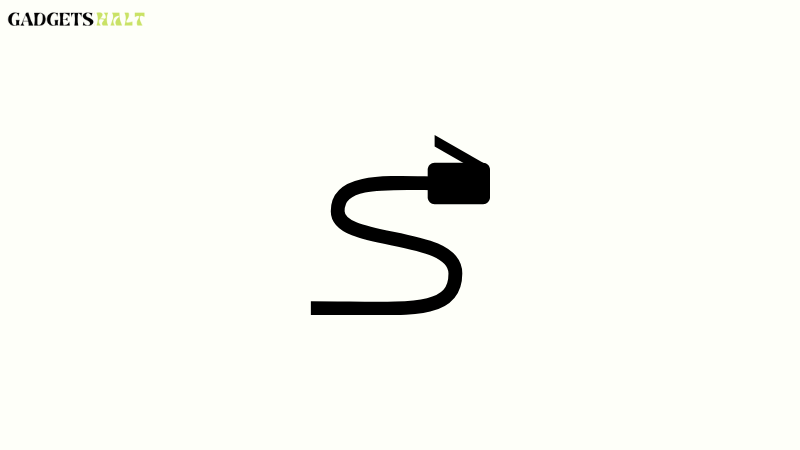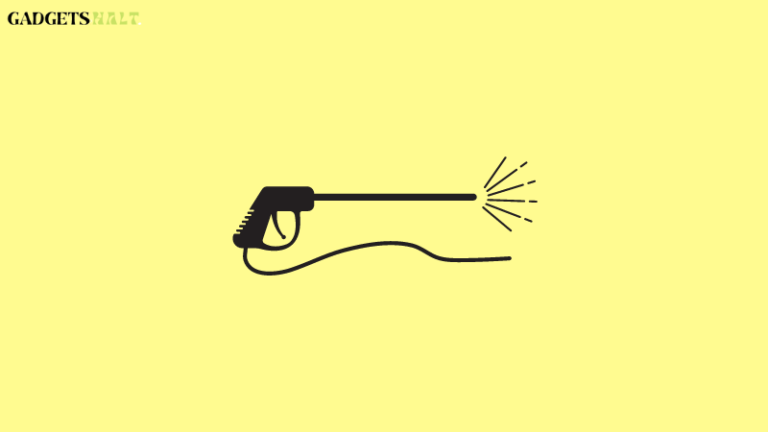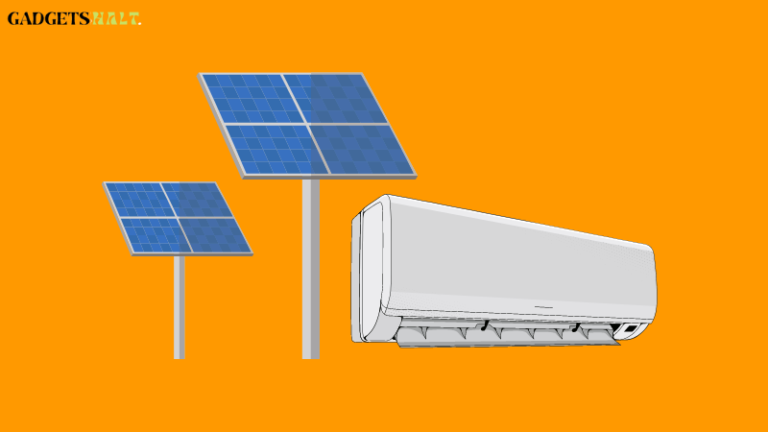Solar Energy for Your Home: How to Connect a Solar Inverter to Your Breaker Box
So you’ve decided to go solar, and you’re ready to set up your system. The first step in the process will be connecting your solar inverter to the breaker box in your home.
This guide will cover all the steps in connecting your solar inverter to the breaker box, as well as give you some tips on how to do so safely and correctly.
And if you still have questions, we’ll also provide a few useful resources that will help you learn more about this process as well as solar power in general.
Table Of Contents
Fusing and Bonding
The first thing you need to do when connecting your solar inverter to the breaker box is fuse and bond the PV array. This ensures that there is no danger of electrical shock if something goes wrong. To do this, you’ll need to connect the negative and positive leads of the PV array to the corresponding terminals on the inverter. Once you’ve done that, you can move on to connecting the AC and DC lines.
First, find the neutral wire from the breaker box (this will typically be in white or light blue), and then make sure it’s properly connected to one side of the inverter. You can use two colors for different wires so long as they’re clearly marked, but it’s not required. Next up are the live wires from the breaker box (in black or red) which should be connected to each side of the solar inverter in order to turn it on with electricity from your home supply; once again, you should use two colors if possible.
In some cases, you may have to wrap these wires around screw terminal posts that are attached to the solar inverter. If this is the case, tighten them by hand and twist them clockwise while pulling them tight at the same time.
In addition, make sure that you keep all connections tightly wrapped with electrical tape to ensure insulation and prevent corrosion of metal parts. That way, nothing can come loose by accident! Finally – before you turn everything back on – remember to disconnect any loads from your household circuit breakers before switching off power at the panel board, otherwise, anything left plugged in could become damaged due to an electric overload.
Cable Routing

The first step is to route the DC output cables from the solar array to the DC input terminals on the back of the inverter. Make sure that the cables are not damaged and that they are rated for outdoor use. Next, route the AC output cables from the inverter to the breaker box. The AC output terminals on the inverter will be labeled L1 and L2. Connect these to the appropriate breakers in your breaker box.
Finally, connect the ground wire from the inverter to a grounding rod or other suitable grounding point. Remember to install a grounding electrode if needed! Once you’ve made all connections, turn off the main power at the breaker box. Then switch on your system by pressing the ON button on the inverter. If everything has been connected correctly, the green ON light should illuminate the inverter.
Now check your meter (or utility bill) to see how much energy has been generated during this time period. You can also check whether any errors have occurred with the low voltage disconnect which trips if there is an overload on the system (e.g., when it’s very sunny). If so, contact our technical support team for assistance or follow the troubleshooting instructions in your owner’s manual. When you’re finished checking the system, press OFF on the inverter to return it to standby mode. And remember to always turn off your system before carrying out any maintenance work.
Wire Nails
- First, you’ll need some wire nails. You can find these at any hardware store.
- Next, you’ll need to find the right size breaker box for your inverter.
- Once you have the right size breaker box, you’ll need to connect the wires from the inverter to the breaker box.
- The next step is to connect the solar panel to the inverter.
- Finally, you’ll need to connect the battery to the inverter.
- Once everything is connected, you should be able to turn on your solar power system and start generating electricity!
- If you have any problems, please feel free to contact us and we’ll be happy to help.
Wiring up your own system may seem tricky, but it’s actually quite simple! To make sure that your wiring project goes smoothly, take it one step at a time. If you run into any problems with your installation, however, don’t worry – our skilled team of professionals will be more than happy to help out and advise where necessary.
That’s why we offer FREE design and quote services where our in-house experts will consult with you one-on-one over email or Skype until they’ve created an optimized solution that meets all of your requirements. There’s absolutely no obligation on either side – so if you decide not to purchase our solution when they’re done designing it then there are no hard feelings whatsoever! It’s always worth getting professional advice though because we provide a range of benefits including a 10-year warranty, low-interest financing options, and installation support. So what are you waiting for? Fill out the form below to get started today!
Breaker Wiring
The main breaker is usually located in the breaker box, which is typically located outside near the meter. The first thing you’ll need to do is shut off the power to the breaker box. Once the power is off, remove the cover of the breaker box and find the main breaker. The main breaker will have two wires connected to it, one from the utility company and one from your home’s wiring. You’ll need to disconnect both of these wires before proceeding.
Next, connect one of the wires from your solar inverter to the terminal on the main breaker labeled Line, and connect the other wire from your solar inverter to the terminal labeled Load. Finally, replace the cover on the breaker box and turn on the power. Your system should now be live! But if not, recheck all connections for any possible mistakes and make sure the breaker is set to the correct position.
If everything checks out, call an electrician if there are still issues. They can come out and help identify what might be wrong with your system or provide an estimate for installation. What type of electrical panel do I have? What voltage does my current electricity provider supply? Do I want a new breaker panel? Is this electrical project up to code? What type of permit do I need for this work?
Inverter Connection
1. Before you begin, make sure that you have all of the necessary tools and materials. You will need a screwdriver, wire cutters, and wire strippers.
2. Once you have gathered everything, locate your solar inverter and breaker box.
3. The next step is to disconnect the power from the breaker box. This can be done by turning off the main switch or flipping the circuit breakers to the off position.
4. Now, you will need to connect the wires from the solar inverter to the breaker box. Begin by attaching the black wire to the negative terminal and then attach the red wire to the positive terminal.
5. Next, strip both ends of the green wire and attach one end to each side of the ground terminal on the breaker box.
6. Lastly, reconnect power to the breaker box and turn on your main switch (or flip any other switches) to ensure that there are no blown fuses. If there are no blown fuses, then you have successfully connected your solar inverter!
Final Inspection
1. Once your solar panels are installed, it’s time for a final inspection from your electrician.
2. They will check that all of the panels are connected properly and that the wiring is up to code.
3. Then, they will connect the inverter to the breaker box.
4. The inverter converts the DC power from the panels into AC power that can be used by your home’s electrical system.
5. Finally, they will install a net meter, which allows your utility company to track how much electricity you are producing and credits you for any excess power that you send back to the grid.
6. Once everything is connected and inspected, you’re ready to start generating clean, renewable energy! You should see the wattage on your inverter increase as soon as sunlight hits your panels.
7. Just remember to keep an eye on your power meter because if there’s an outage or blackout, you’ll need to shut down the system before using anything else in your house.
8. Now, just sit back and enjoy the benefits of going solar!
9. You’ll save money on electricity bills, help conserve natural resources, reduce air pollution, and lower greenhouse gas emissions.
10. If you’re interested in learning more about solar installation options near Portland Oregon or other cities across America with high levels of sun exposure like Los Angeles California then visit https://www11\.greenhomeguide\.com/solar/.




![[How to] See Your First Liked Post on Instagram (2022)](https://gadgetshalt.com/wp-content/uploads/2022/06/Know-Your-First-Liked-Post-on-Instagram-768x407.png)


